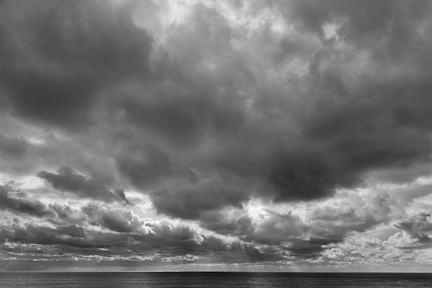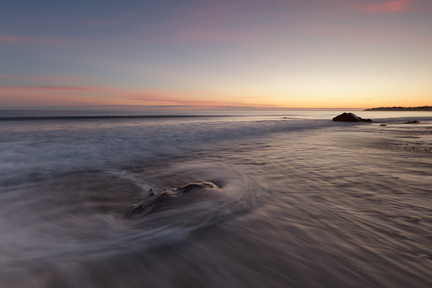It struck me over the weekend that the path to realizing our vision, whether that’s on the computer monitor or on paper for the old school folks, is circular. I’ve been mulling over technical skills and aesthetic choices over the last couple of weeks resulting in the postings last week regarding conversion to black and white and also getting a better understanding of our sense of aesthetics. The final image to me then is a result of combining these with creativity. Simply put:
Realized Vision = Aesthetic Choices + Creativity + Technical Skills
I often feel that many of the initial photographs in a series are the result of happy accidents, either in the field when I just try something for the sake of it or when I’m back in front of the computer when again I play the game of ‘what happens if I do ….’. Taking that experience and then repeating it in different circumstances and situations then allows me to build that series. Whether it’s playing around with toy camera effects, shooting in black and white, or shooting long exposures all have been informed by what’s gone before. Having a better sense of the possibilities, particularly for post-processing of my images, means that I am ever more aware of possibilities for my photography.














